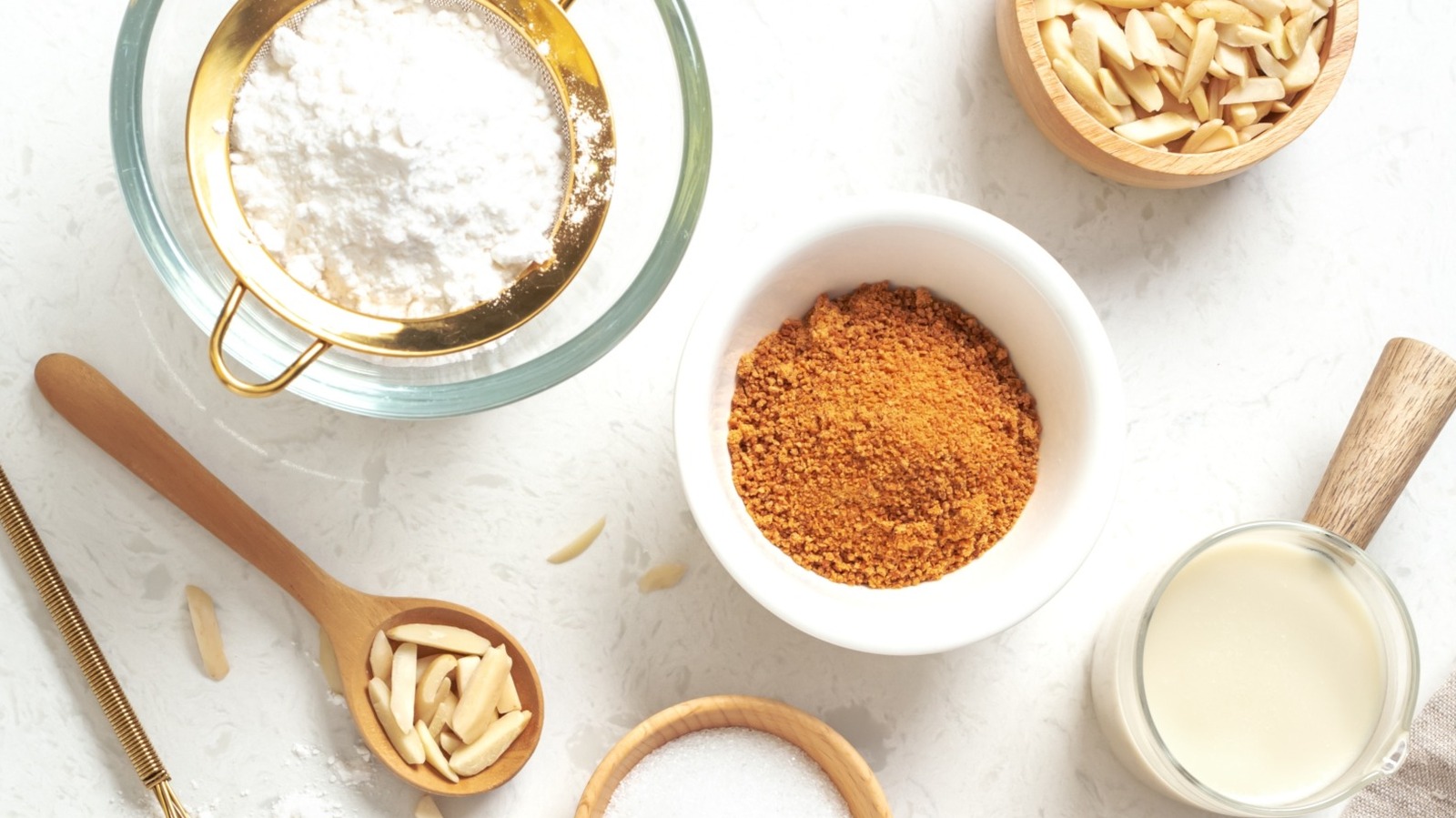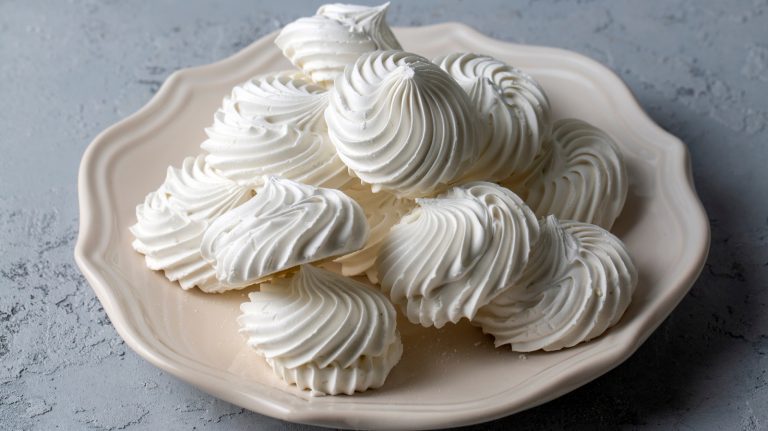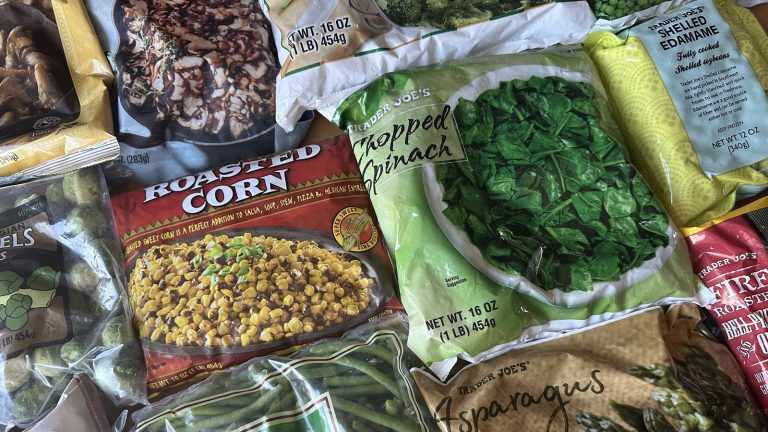We may receive a commission on purchases made from links.
It can be hard to indulge in many treats when you’re lactose intolerant or otherwise can’t drink cow’s milk. Cookie recipes, cakes, ice cream, and even certain pies typically contain milk. Luckily, food scientists have found plenty of milk substitutes made from plants and nuts, one of the most popular examples being almond milk. While almond milk can taste quite similar to cow’s milk, it has a different nutritional composition that can make it difficult to use in baking.
Notably, almond milk has less fat than cow’s milk. A cup of cow’s milk typically has 8 total grams of fat per cup, with 3 of those being saturated fats. In contrast, a cup of standard unsweetened almond milk has only 3 grams of fat, and none of it is saturated. This makes almond milk a better choice for people looking to cut fat from their diet, but it also means it behaves differently in baked goods. Fat enhances and blends flavor alongside making a baked good softer, and a recipe that calls for cow’s milk may come out too plain or tough if almond milk is swapped in with no other additions. Luckily, this can easily be mitigated by adding fat from other sources.
How to add fat to a recipe
There are many ways you can add additional fat to a recipe; different options work with different recipes. Adding a little extra butter is an obvious option, as it is about 80% fat. But if you’re using almond milk to avoid dairy, you’re better off using margarine, which has similar fat ratios but is usually made of plants (however, check the label for hidden milk products like casein or whey). Don’t add too much in, as butter and margarine can easily make your recipe too fatty in excess. Alternatively, drizzle in vegetable oil or coconut oil; just keep in mind how each will affect the flavor of your dish.
If you don’t want to add fat from an outside source, consider looking for an almond milk that’s naturally creamier or has a higher fat content. This can make the mouthfeel of your baked goods much more similar to how it would be with cow’s milk. For example, Califia Farms organic oatmilk with no preservatives or thickeners has 5 grams of fat, and Silk’s unsweet extra creamy almond milk has 7 grams of fat, much closer to the 8 grams that milk typically has. Of course, you can also try making your own thick almond milk to use in recipes, which also has the advantage of containing only the exact ingredients and ratios you want, and won’t have any of the additives such as thickeners and preservatives that can be in commercial brands. And if you’re looking for futher tips on using almond milk in baking, we have a whole bunch.






